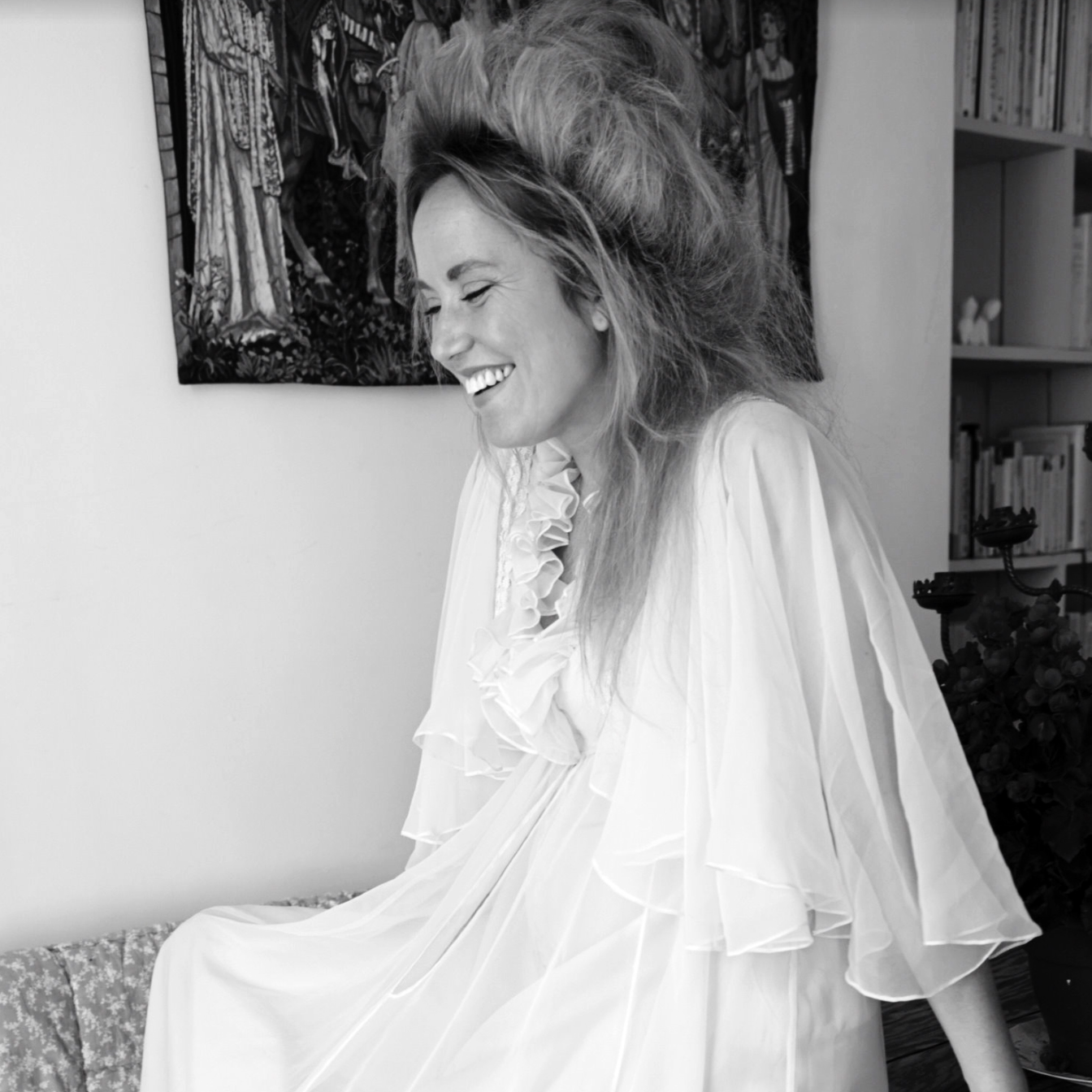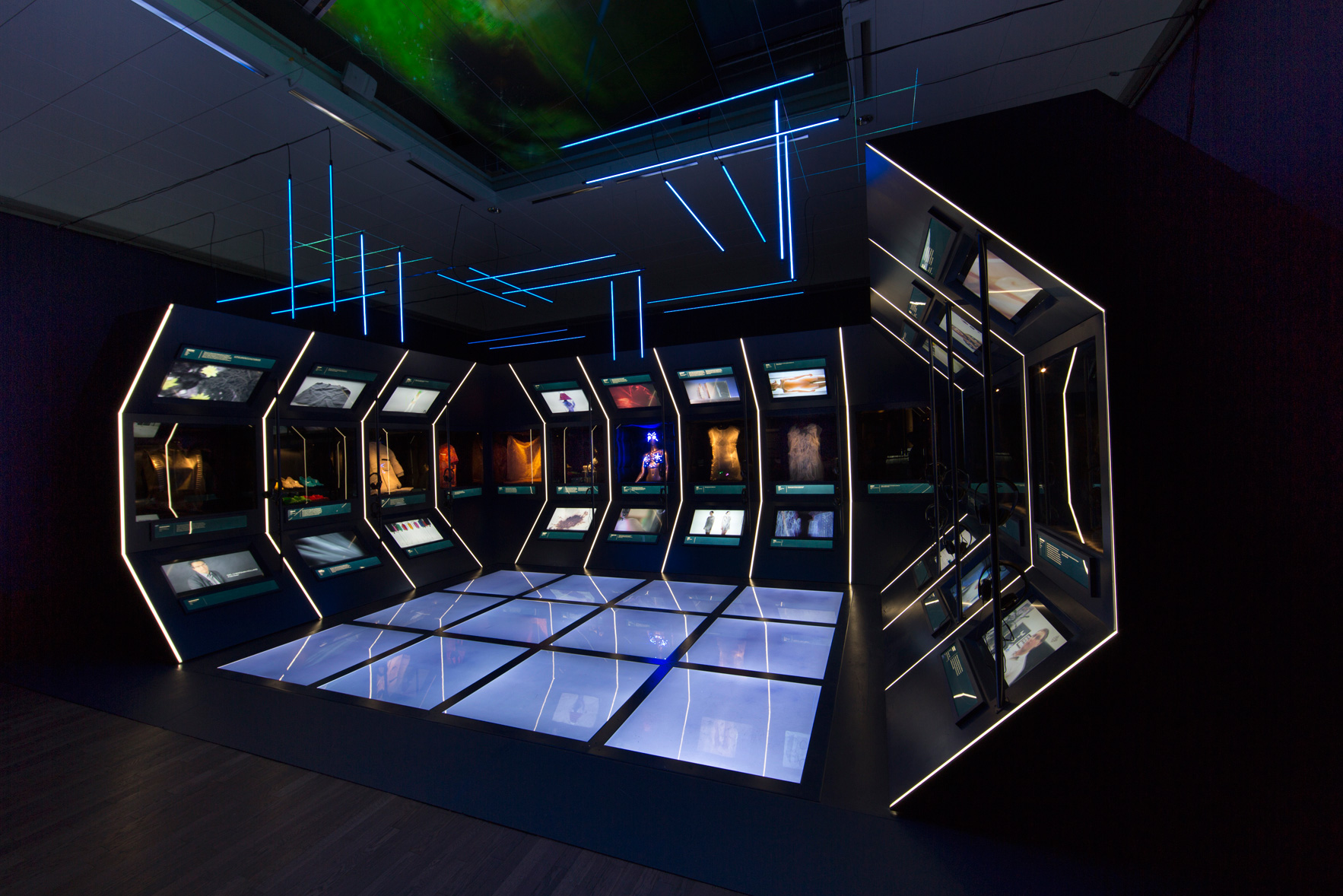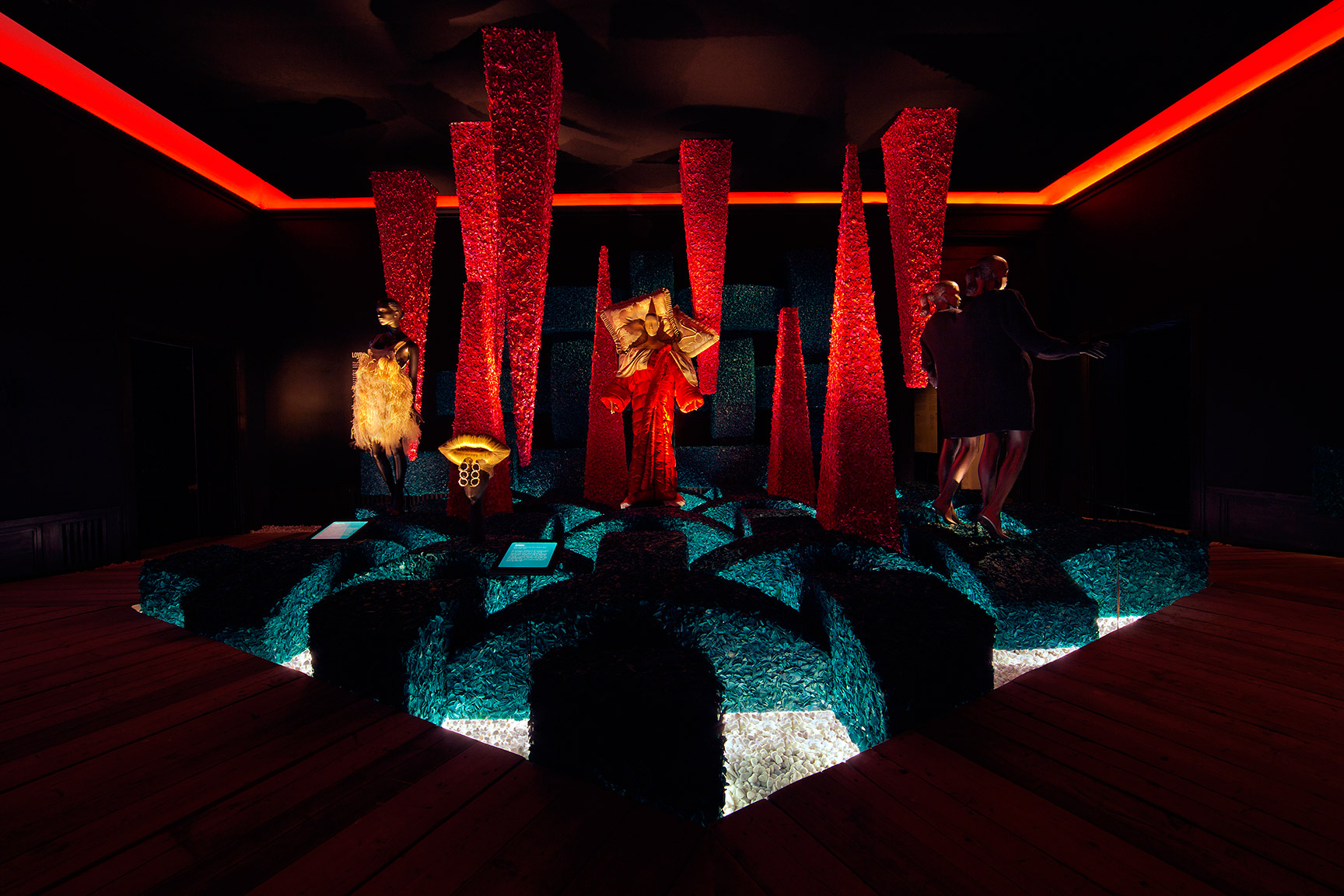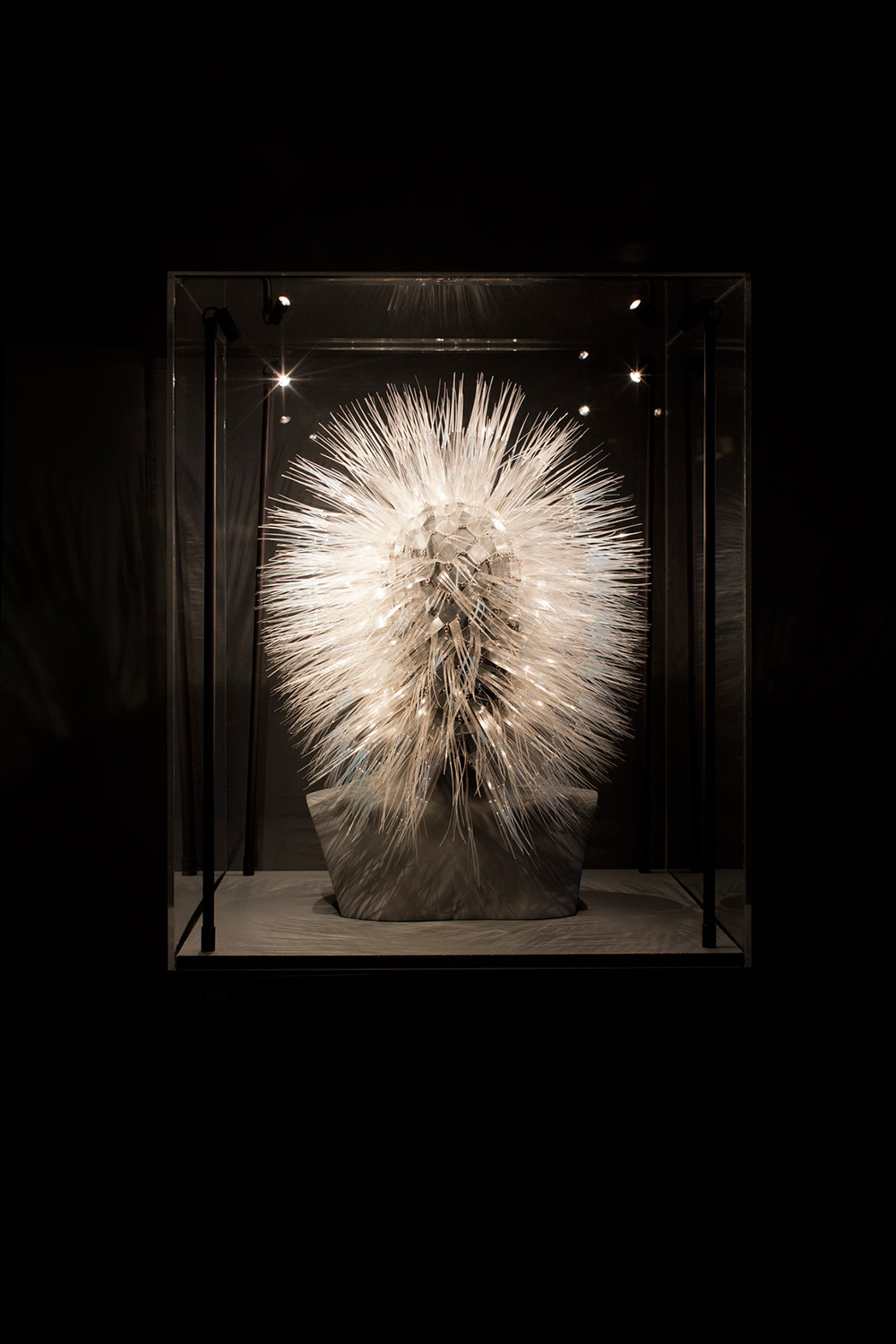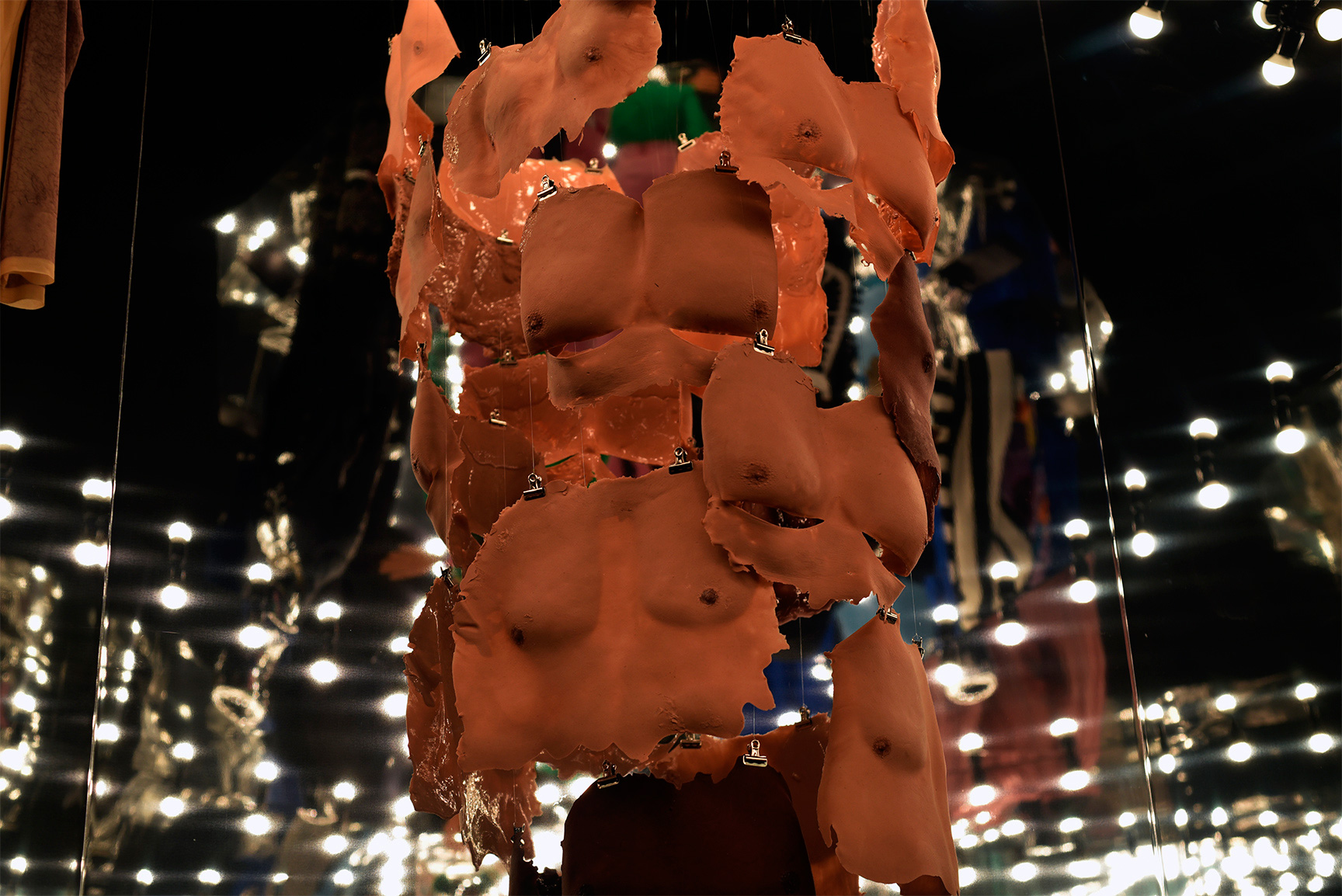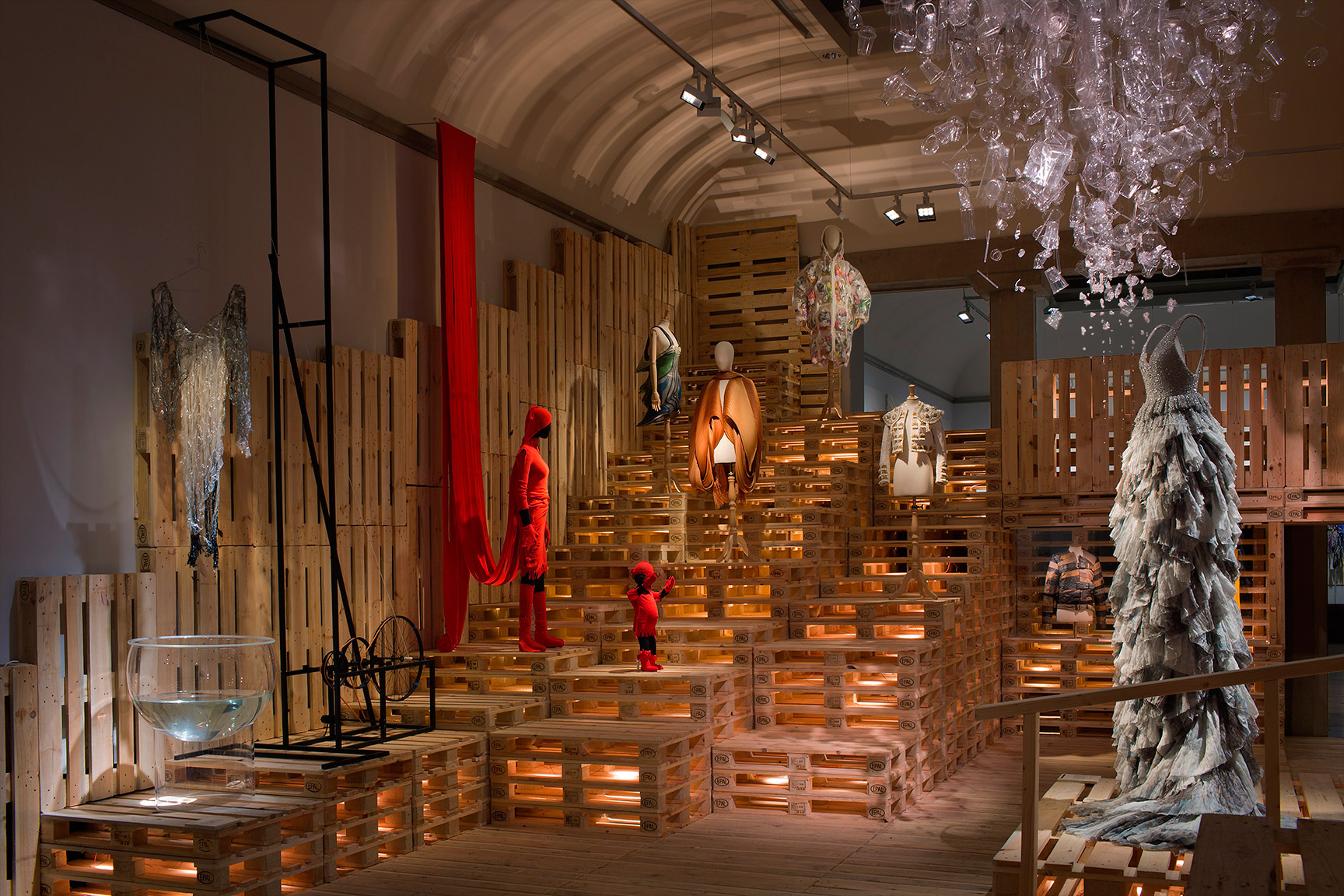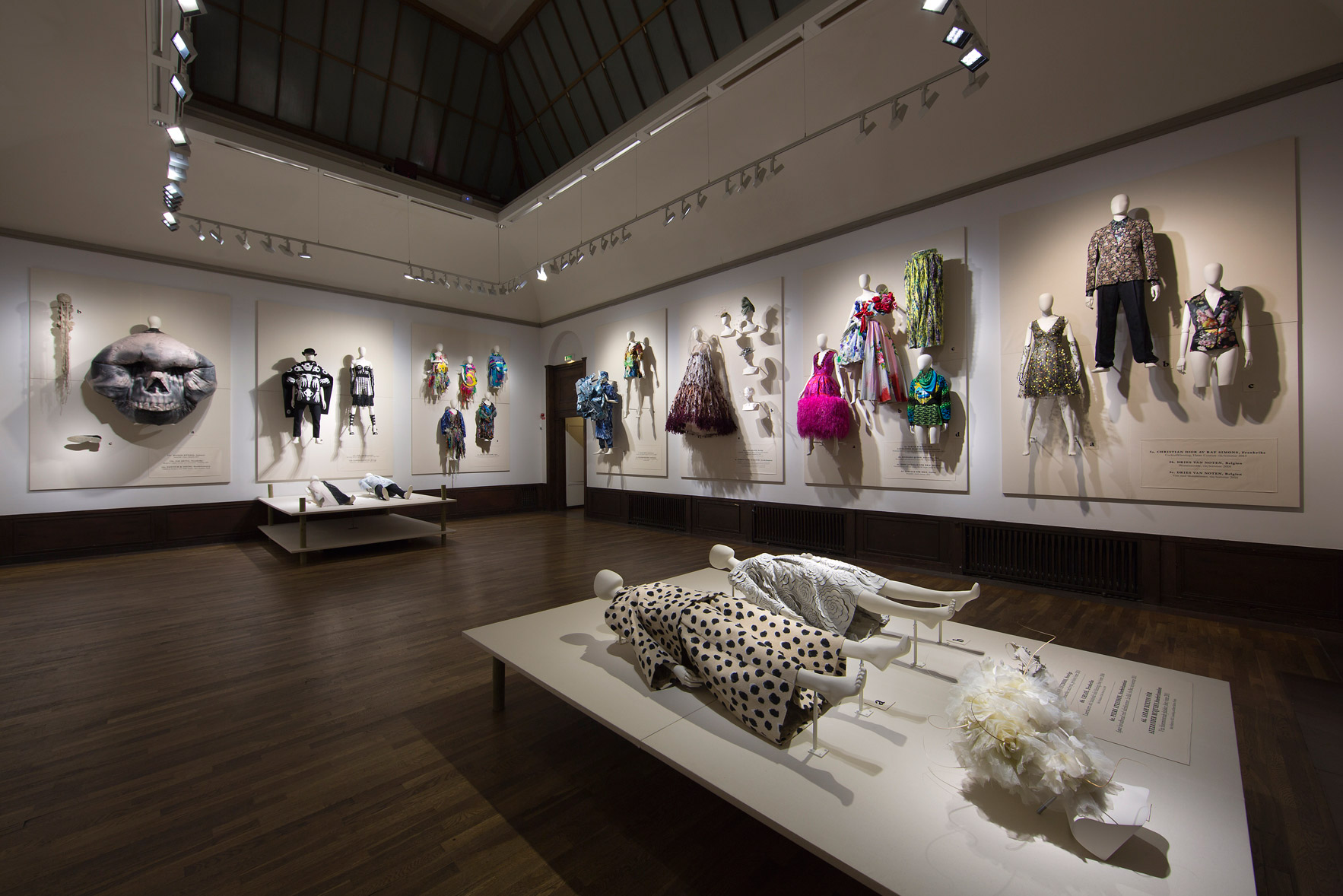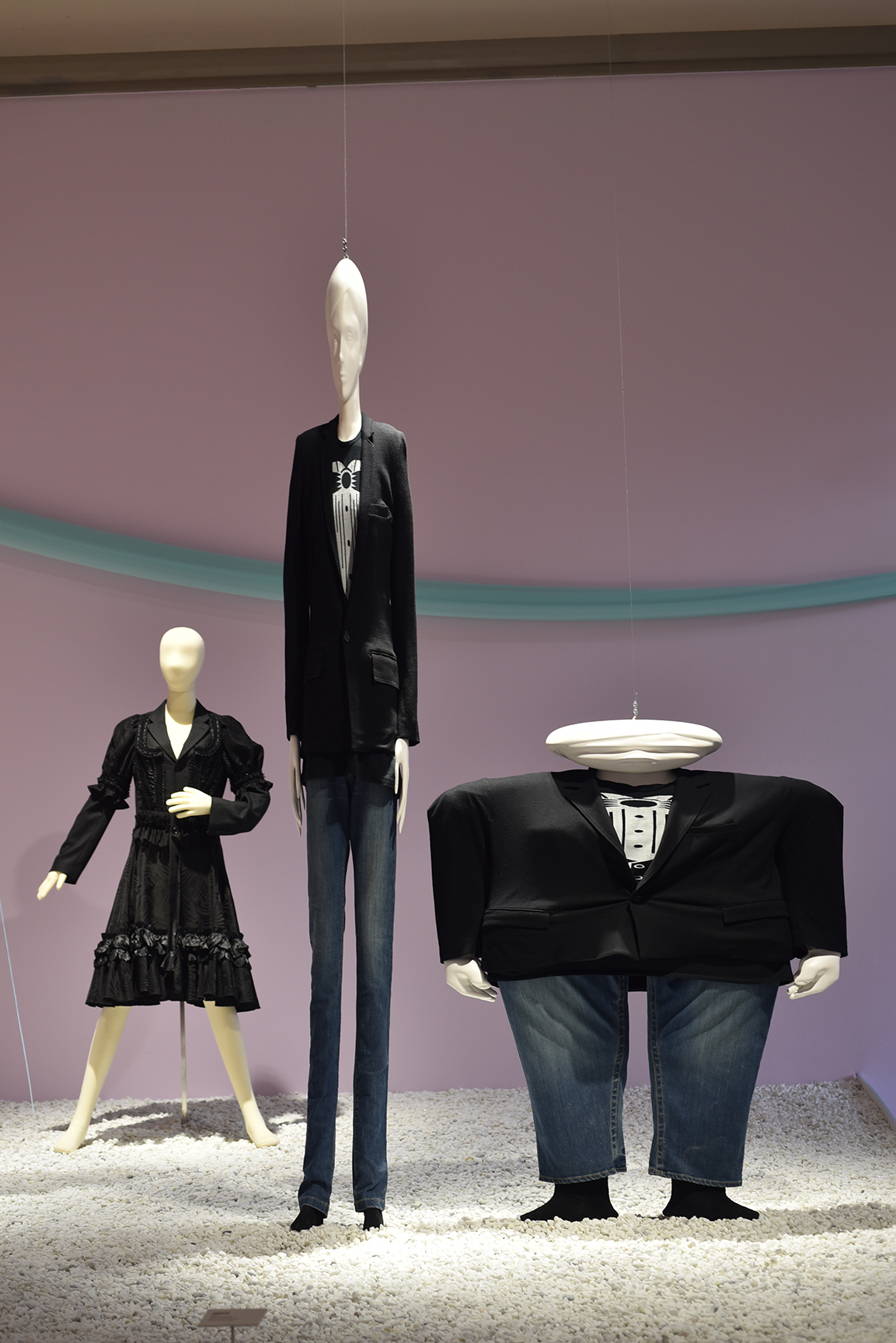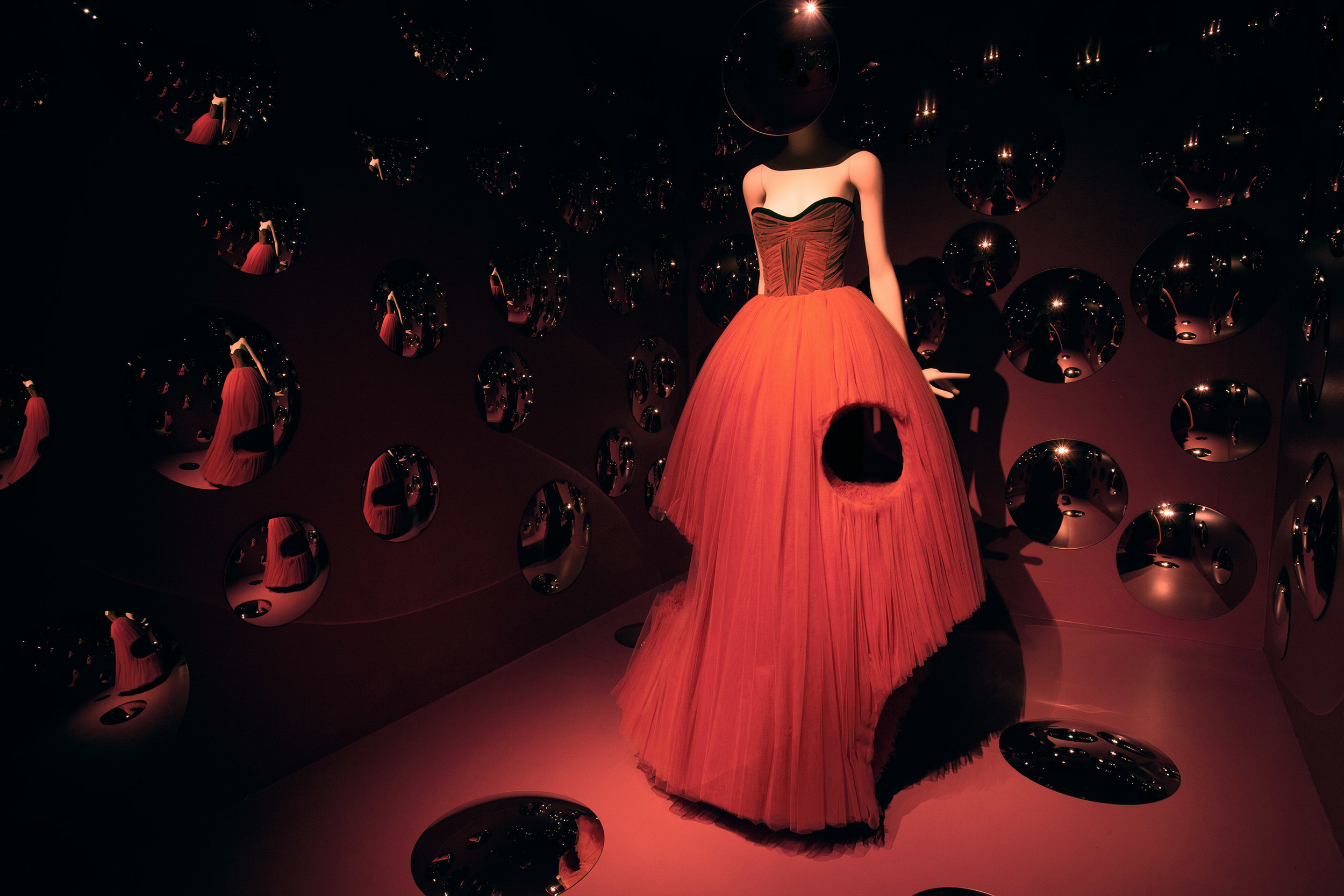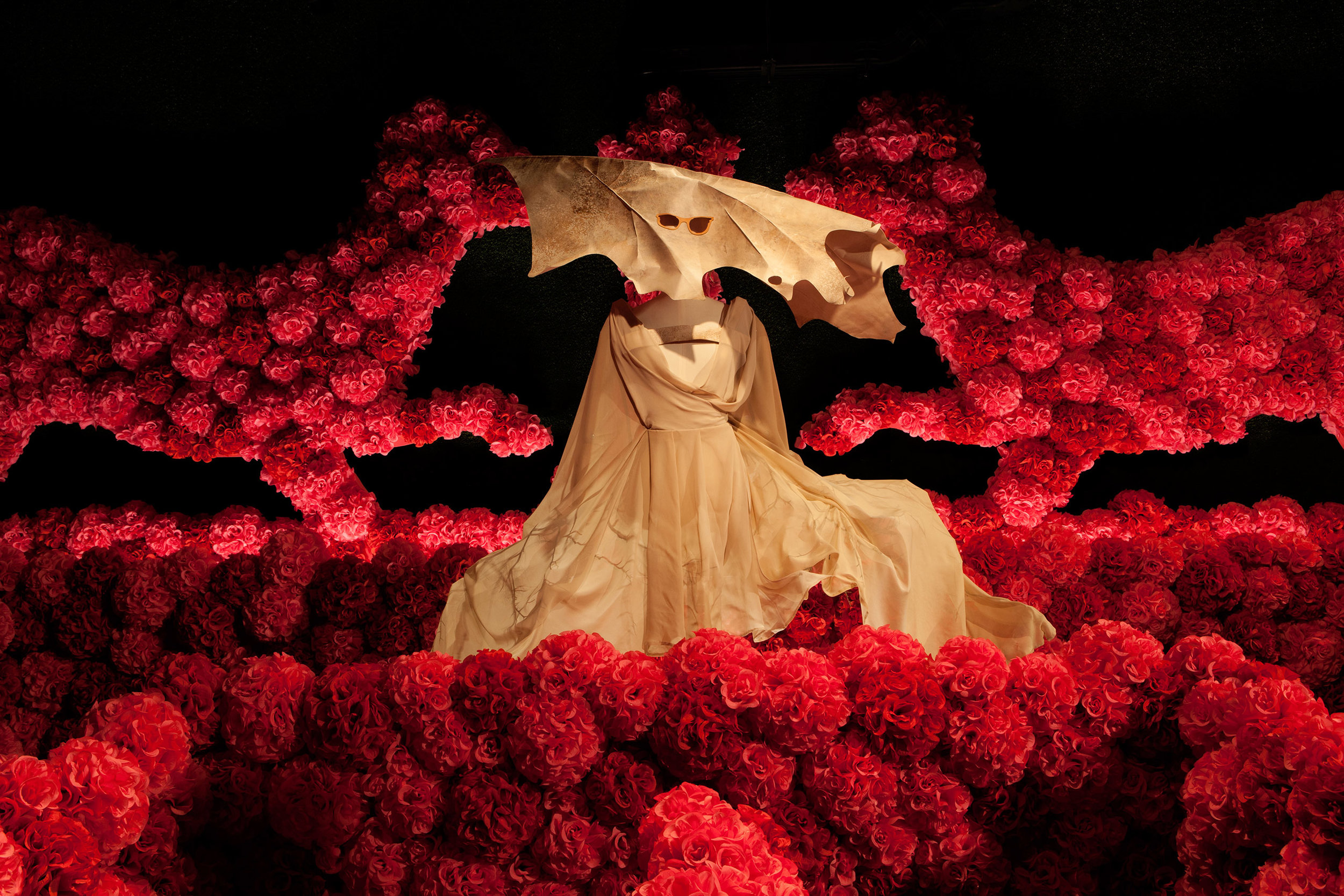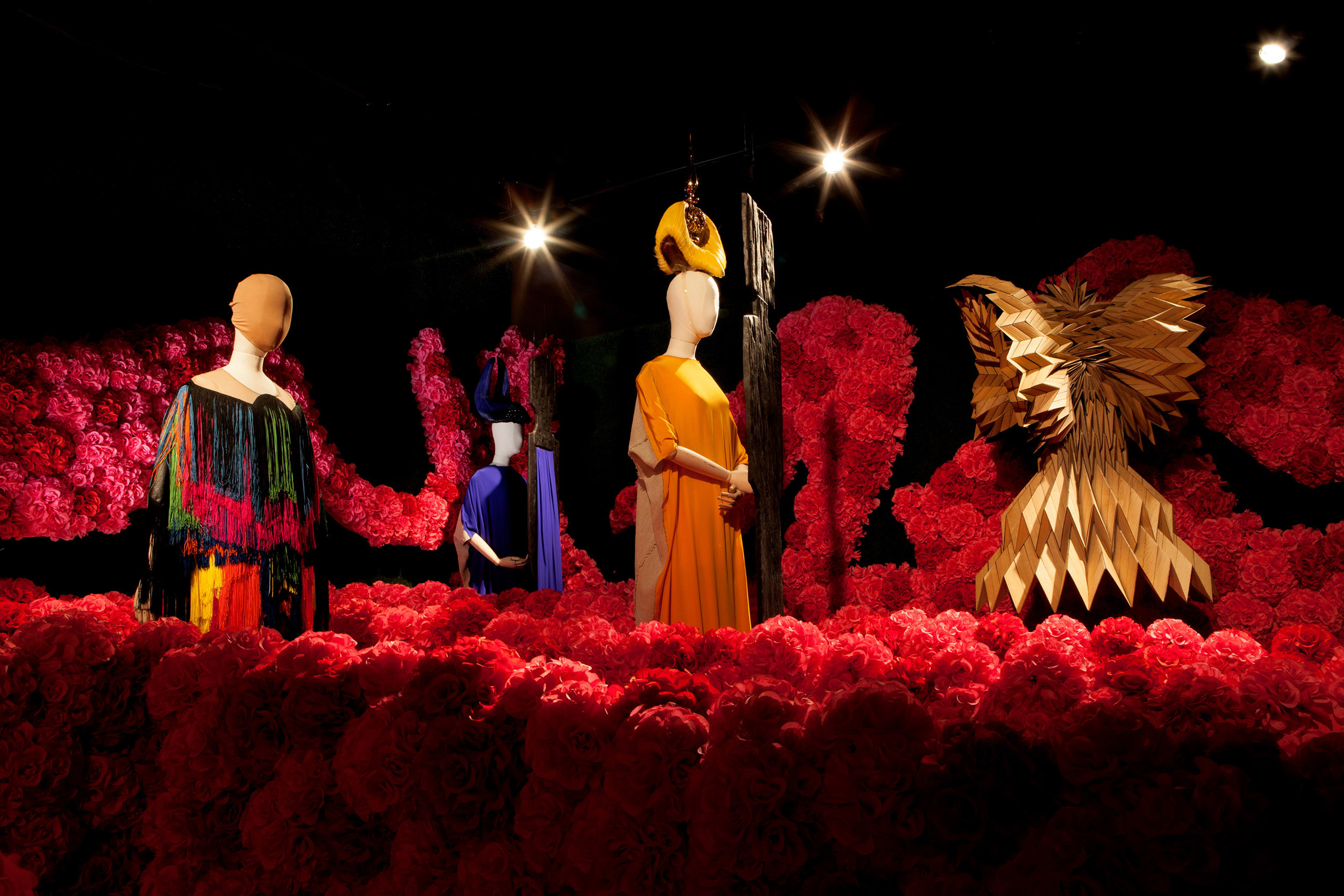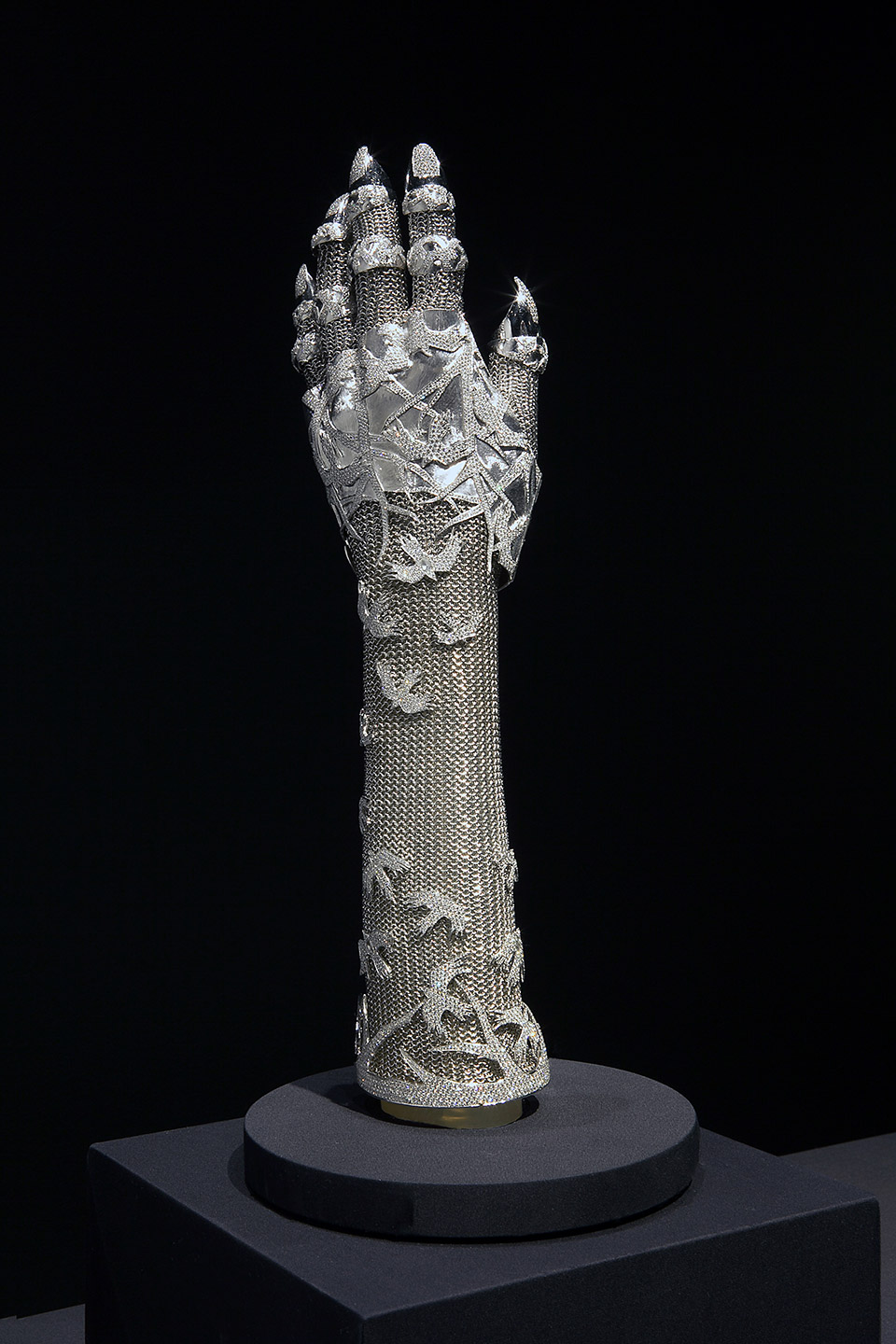Making it Work: Sofia Hedman
The moment I discovered Sofia Hedman, I bookmarked her personal website as a manifestation of “goals”. I stumbled upon her work back in 2012 as I was doing my own personal research into how a career in fashion studies can be expanded in a creative, accessible way. Sofia’s work was nothing I had seen before–sure, we had countless fashion exhibitions going on, legitimizing a platform for dress in renowned art institutions–but as a disciple of Judith Clark (who was changing the game of fashion curation), here was a young woman resculpting the craft of curation and exhibition in her own hands, producing shows that materialize concepts, fantasies, and history into spectacular theatre. Sofia’s vision is not only displayed, it is embodied: her eccentric style caught the eye of the mother-daughter team behind StyleLikeU, and she’s managed to cultivate a rewarding personal/professional life through kindness, humility and fervent dedication.
In our second installment of “Making it Work”, this Swedish-bred, Barcelona-based visionary shares gems of knowledge, reflecting upon and explaining what it takes to navigate and thrive in this field, and her trajectory (and future plans) is a master class in where vision and perseverance can take you.
Kim Jenkins: What is your current role or title?
Sofia Hedman: Fashion curator and exhibition designer at Museea which I run with my partner Serge Martynov.
What was your very first job?
I worked in a shoe shop when I was 14 years old during my summer holiday and weekends and I loved it.
For those of us working in the field of fashion studies, it's understood that the study of fashion is interdisciplinary in nature, as the way we dress and present ourselves in the world is mediated by myriad factors, particularly the personal and social. What did you first study at university, and had you given fashion and/or dress an intellectual consideration back then?
I studied Political Science, Social Anthropology and a BA in Human Resources with a focus on Psychology.
For several generations, almost everyone has practiced some kind of craft in my family. My parents were a bit older and it was probably a bit of a generational thing, but my mother made a lot of my and my sisters clothes, especially formal wear. For me, clothing has always been more closely connected with craft and art rather than with consumption. Clothes also represented liberation and I liked making my own clothes. After college, when I started studying political science, I became an explicit feminist and I remember having a battle within myself trying to figure out how to dress, how to put on makeup and how to dance (I was a dancer at the time). Back then, I found it quite hard being a very shy feminist who dressed very feminine, as traditional masculine traits and attributes were highly valued within the Swedish feminist context.
Social anthropology opened up the world for me and taught me to understand the symbolic value of clothes. However, this was a time in Sweden where the academic discourse was almost absent when it came to clothing, so it was not until I studied fashion that I truly grasped how important and interdisciplinary fashion is. I think, the most incredible thing with fashion studies is that there are so many topics yet to be investigated and explored, also for exhibitions. We have just scratched the surface.
When did you land your first project or job in fashion? What was it about? Were you able to identify a career pathway during that time?
I planned to have a sabbatical year before doing MA psychology, so I started working in a little boutique which stocked about 300 small labels. There I did everything from working in the shop, to buying, to running my own label, and helping start up a bigger brand and its production for the shop. I loved it and stayed for many years until I started to miss studying, and realizing that the only way for our label to survive was to become very commercial. This, and the relentless pace of fashion, killed my creativity and passion for running a label.
I started my MA in fashion studies as I have always loved fashion history and fell in love with Judith Clark’s fashion exhibitions. Finding out about her MA in Fashion Curation that she runs with Amy de La Haye prompted my move to London. I soon realized that making exhibitions kind of tied together what I had done up to then (both my theoretical and practical background) which was quite eclectic. I loved the museum world and studying in archives and I was relieved by the prospect of being able to work with clothes and the space around the clothes, but not having to depend on selling items, rather experiences.
Above: Installation images from Utopian Bodies: Fashion Looks Forward (Lilvalchs Konsthall, Stockholm, Sweden, September 25, 2015-February 6, 2016). Photos by Mattias Lindback.
There’s something both challenging and thrilling about working in the field of fashion–especially when it comes to pathways less visible. Reflecting on a few of your most significant opportunities and experiences, tell me about the process of cobbling together work in order to shape your own path. What were the rewards? What were the challenges along the way?
It took me a really long time to realize that I would love working with exhibitions. There were many years of living on a bare minimum when my friends had more normal lives, but I did what I loved and I was lucky to be constantly surrounded by people who inspired me and made me happy. My experience is that truly successful people always work extremely hard over a long period of time. I don't believe there are any shortcuts. Really good artists are driven by passion to create things, perhaps more than the money which sometimes comes with the success.
After graduating, I worked for Judith Clark for many years and that experience has inspired me tremendously. Still today, after seeing so many of her exhibitions up close, she continues to surprise me in the way she draws up narratives between objects. In one of my first museum intern jobs, we looked at a haute couture collection at Röhsska Museum in Sweden. During our time there, fashion historian Ingrid Giertz-Mårtenson, who herself worked at and modelled for Givenchy in the 1960s, showed us different tricks the fashion house used to make the hems lay flat, or how they used small weights to make the skirts hang down straight. It opened up a whole new world for me when it came to investigating tailoring in historical garments. This passion and curiosity for details led to other archive jobs such as Alexander McQueen: Savage Beauty at the Metropolitan Museum of Art, Judith's Simone Handbag Museum in Seoul or for the Royal Armouries children clothes in Sweden.
In the past, I have always said "yes" to every opportunity I have been offered, however daunting, and I have always been professional, even for very simple projects. One always learns something new. It is only since last year that we have had to start turning down projects, as we have too much going on and haven't yet had the chance to sufficiently expand yet. But we are working on it.
In our field (much like other creative and intellectual fields), collaboration is important, as is the benefit of having a mentor. How has collaboration played a role in your journey as a professional, and in what way(s)? Do you have a mentor, or do you provide mentorship to others?
“I have always said “yes” to every opportunity I have been offered, however daunting, and I have always been professional, even for very simple projects. One always learns something new.”
Yes, collaboration is absolutely crucial when it comes to exhibition making. For example, when we did our exhibition Utopian Bodies–Fashion Looks Forward, we worked with hundreds of people. From everyone at the museum, to curators, assistants, editors of catalogues, advisory board members, designers, builders, installers, art shippers, sponsors and photographers, as well as individuals who created special commissions for example mannequins, texts and objects. Exhibitions are group efforts and everyone’s contribution is incredibly important.
I had my first mentor at Swedish Television when I did my BA in human resources and she told me that I should focus on something that included clothes, since this is where my true passion lay. And I am grateful that she was so frank with me. Many people have helped and taken me under their wings along the way, and I do the same with others as much as I am able to. We are just in the process of building up our new studio in Barcelona. Up to now we have been constantly traveling so it has been difficult to take on new, longer-term collaborations.
Lately, the gig economy (or otherwise freelance labor and self-employment) has become increasingly normalized, with icons who are "following their dreams" and making it look (perhaps deceptively) easy and worth pursuing. If you could share with me something that "no one ever tells you about" or cautions you about whilst pursuing work on your own terms, what would it be?
Try to do things that make your audience’s world a little bit bigger. The studio is a laboratory and things can sometimes go wrong because objects and texts resonate with each other in the wrong way when you are actually in the exhibition space. Leave budget for changes after the opening. Collaborate with experts and dare to make changes until the very last minute if necessary.
Ask people you trust outside of your project to offer opinions and feedback.
My father, who came from a working class background, always told me that I could do anything I wanted as long as I worked really hard and persevered. As a result, I never waited for work coming to me. Instead, I initiated projects myself. For our first exhibition in Tokyo, we had no budget and it ended up with us sending away dozens of applications for scholarships. We worked day and night, lived on nothing but we had a lot of fun. In the end, we were granted scholarship funding and this became a starting point in my career.
Let things take their time. A very wise woman said to me that time is the only thing we don’t have today. We never have time to learn craft and we are rushed to produce as much as possible. But, to make something outstanding or remarkable takes time.
Start the project as soon as you get the brief, work on it for a few days and then go off and do something totally different, something you really enjoy and let the work marinate in your mind subconsciously. Then return to the project with fresh eyes and hopefully new solutions. We have noticed that good ideas are often born out of this simple process.
Make the world better.
Above: Installation images from A Queen Within: Adorned Archetypes, Fashion & Chess (World Chess Hall of Fame, St. Louis, MO, October 19, 2013-April 19, 2014). Images by Sarah Carmody.
Would you mind sharing a brief description of your day-to-day? Do you have a ritual or routine? Over the years, what have you resolved to be most important to you?
I tend to spend the day time reading, doing research, presentations and writing emails, at home or in a library. Design work is usually saved for evenings and nights, when both Serge and I seem to be at our best. We usually sit together, experiment and and test out new ideas until we have something that we know feels right. The installations of exhibitions are normally extremely intense and we work around the clock until completion.
I think what I learned over the years is that there are no right or wrong ways of working. My work and private life blurs and I have realized that I get my best ideas when I have a walk by myself, having a bath, or when I'm putting my babies to sleep. As we are working so much all the time, Serge and I decided to move to a warmer place where we can have a much better everyday life, spending as much time as possible outdoors. The only thing I regret now is that we didn't do it sooner.
One last thing: What is the most exciting thing on your calendar for 2017?
We are designing Remixed–a fascinating video art exhibition at Rödastens Konsthall in Sweden, opening in June. The gallery is set in a fantastic old factory and the exhibition will be a radiant celebration of vivid colours!
Editor's Note: “Making it Work” by Kim Jenkins explores the career trajectories of fashion scholars and practitioners who inspire us, casting a guiding light upon the pathways less traveled, whilst celebrating the trail blazed before us.

